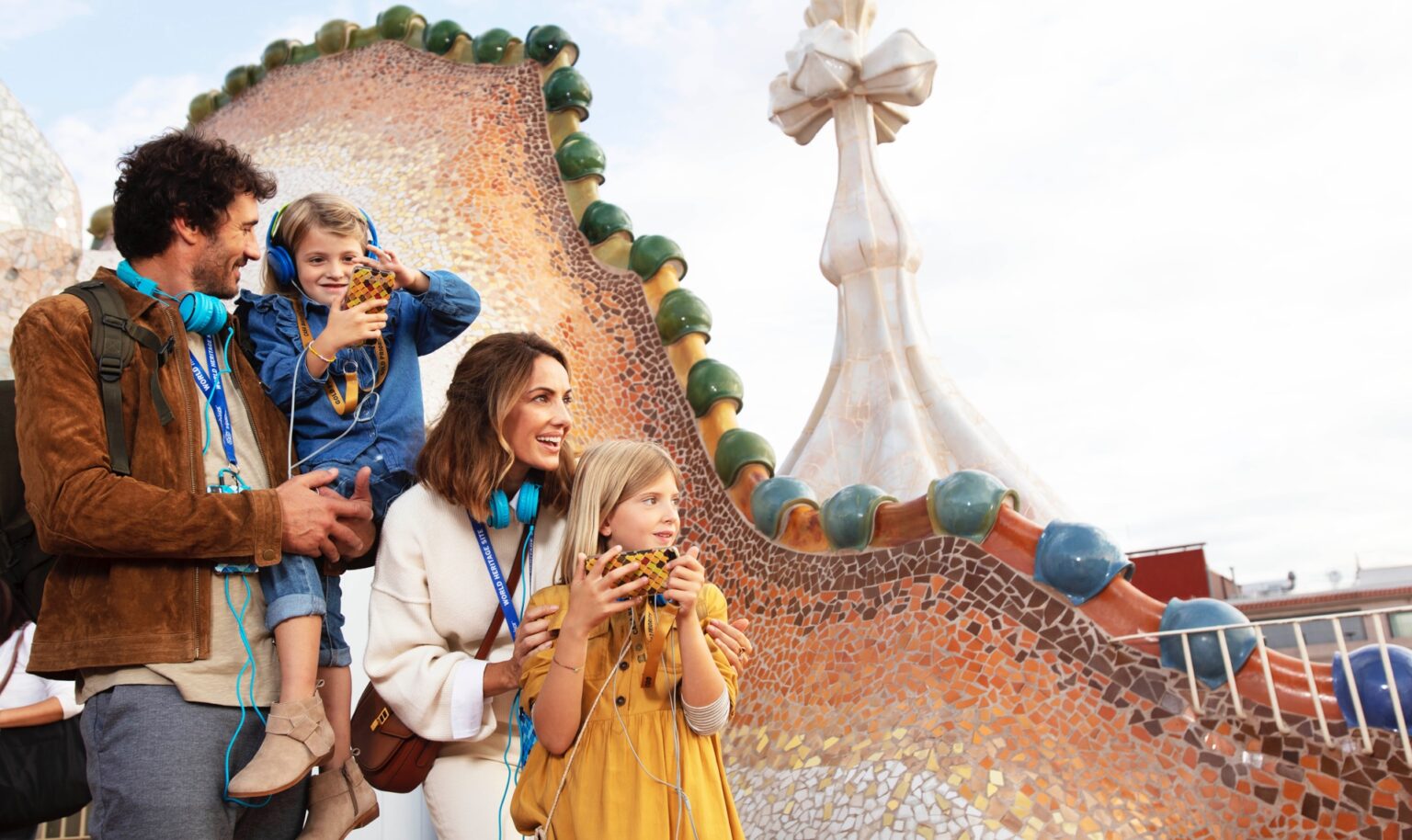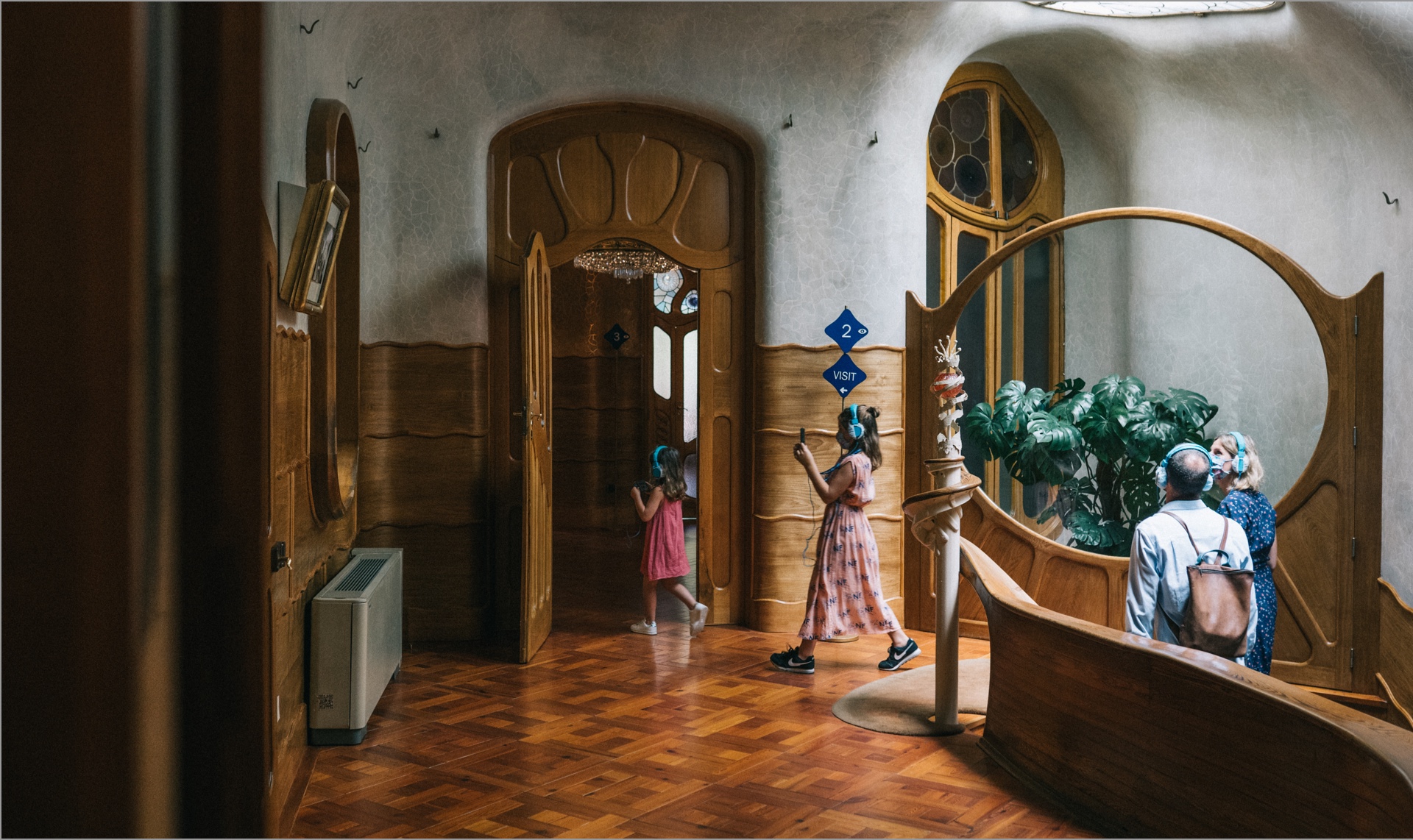At number 43 on Paseo de Gracia, once a link between Barcelona and the surrounding district of Villa de Gracia, you’ll find the world-famous Casa Batlló.
Since the implementation of an ambitious urban plan (known as the Cerdà Plan) in 1860, the Paseo de Gracia has been home to some of Barcelona’s most notable families. A promenade for walkers and horse-drawn carriages in the 19th century, the street underwent these transformations to become a major thoroughfare for automobiles in the 20th.
Emilio Sala Cortés, one of Gaud’s professors, constructed the building in 1877, when Barcelona still lacked consistent access to electricity. In 1903, it was purchased by Mr. Josep Batlló y Casanovas, a wealthy businessman and major industrialist in the Barcelona textile sector.
Mr. Josep Batlló gave Antoni Gaud permission to knock down any superfluous parts of the building. The mansion was saved from destruction between 1904 and 1906 because to Gaud’s bold reconstruction plans. The architect rearranged some of the inside walls, enlarged the lightwell, and transformed the space into a work of art without altering the outside in any way. The building is beautiful, but it also serves its purpose quite well, which is more common in modern architecture. Some have even speculated that 21st-century styles can be traced back to the 20th century.
During the time that Casa Batlló was being built, other famous architects were busy making improvements to their own homes in an effort to win urban awards from the Barcelona City Council. Thus, at this time, the phrase “The Bone of Contention” began to be used. Other examples of the modernist architectural style than just Casa Batlló include:
The Batlló family had lost all sentimental value for Casa Batlló by the 1950s. Since the 1990s, when the Bernat family purchased it, it has been lovingly restored to much of its former beauty.
The family finally decided to expose their home to the public in 1995 after much debate. Since 2002, during the International Year of Gaud, guided cultural excursions of Casa Batlló have been available. Both are feasible currently, and both the quantity and quality of available data are constantly improving.
Anyone interested in Gaud or the modernist era should make a trip to Casa Batlló, a Barcelona landmark and a UNESCO World Heritage site. Over a million people visit each year, making it one of the world’s top tourist destinations.
Gaudí’s magic for everyone
THE BEST CULTURAL PLAN WITH CHILDREN IN BARCELONA

Free up to 12 years old
WHAT’S INCLUDED IN YOUR VISIT?
Immersive rooms
Step into a location that is unmatched anywhere else in the world. A cube with screens on all of its sides, inside of which Gaud’s power will begin to move about you and begin to envelop you.
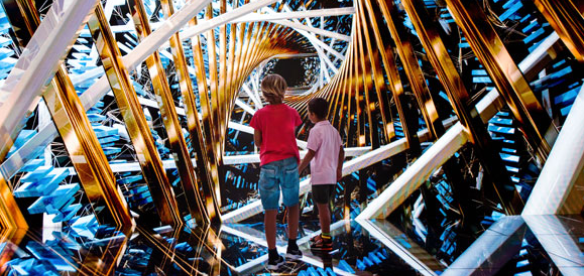
Virtual Reality
Tablets with Virtual Reality content allow users to explore the creative universe of Gaud and experience the inspiration that he provided.
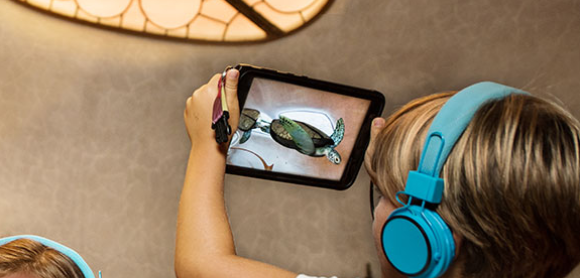
Interactive pictures
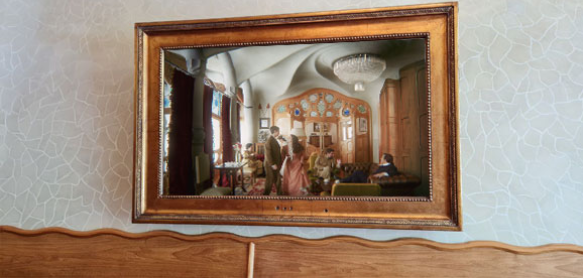
Holograms
When you visit Casa Batlló, you will find that it is full of magical features that will take you by surprise. Have you have the courage to find them?
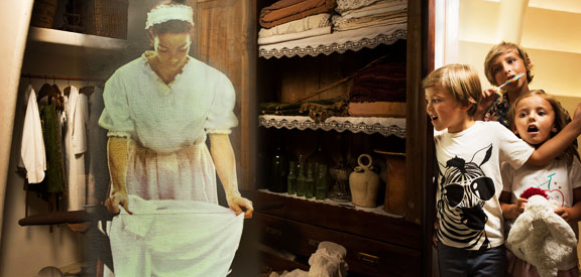
Services


